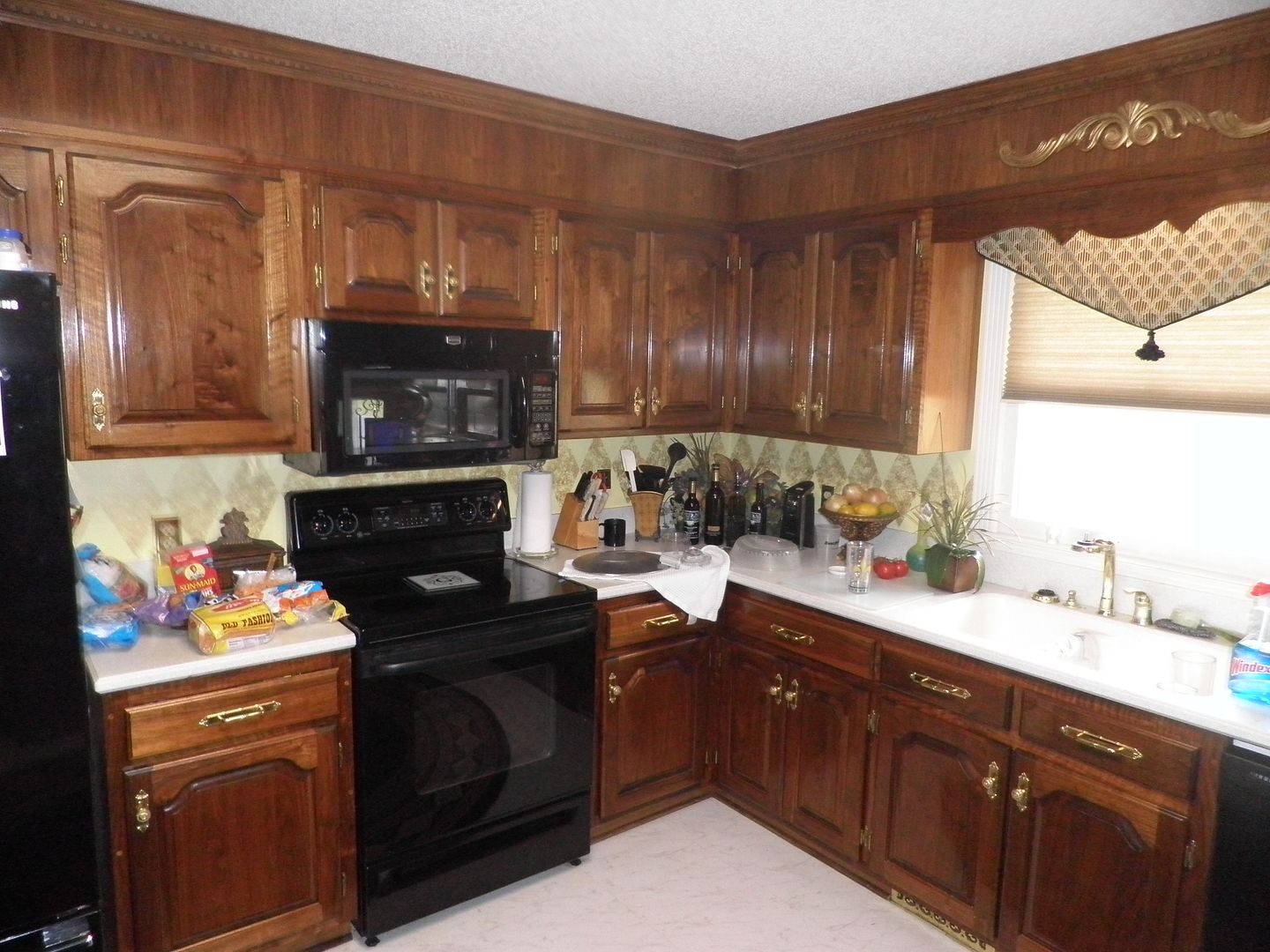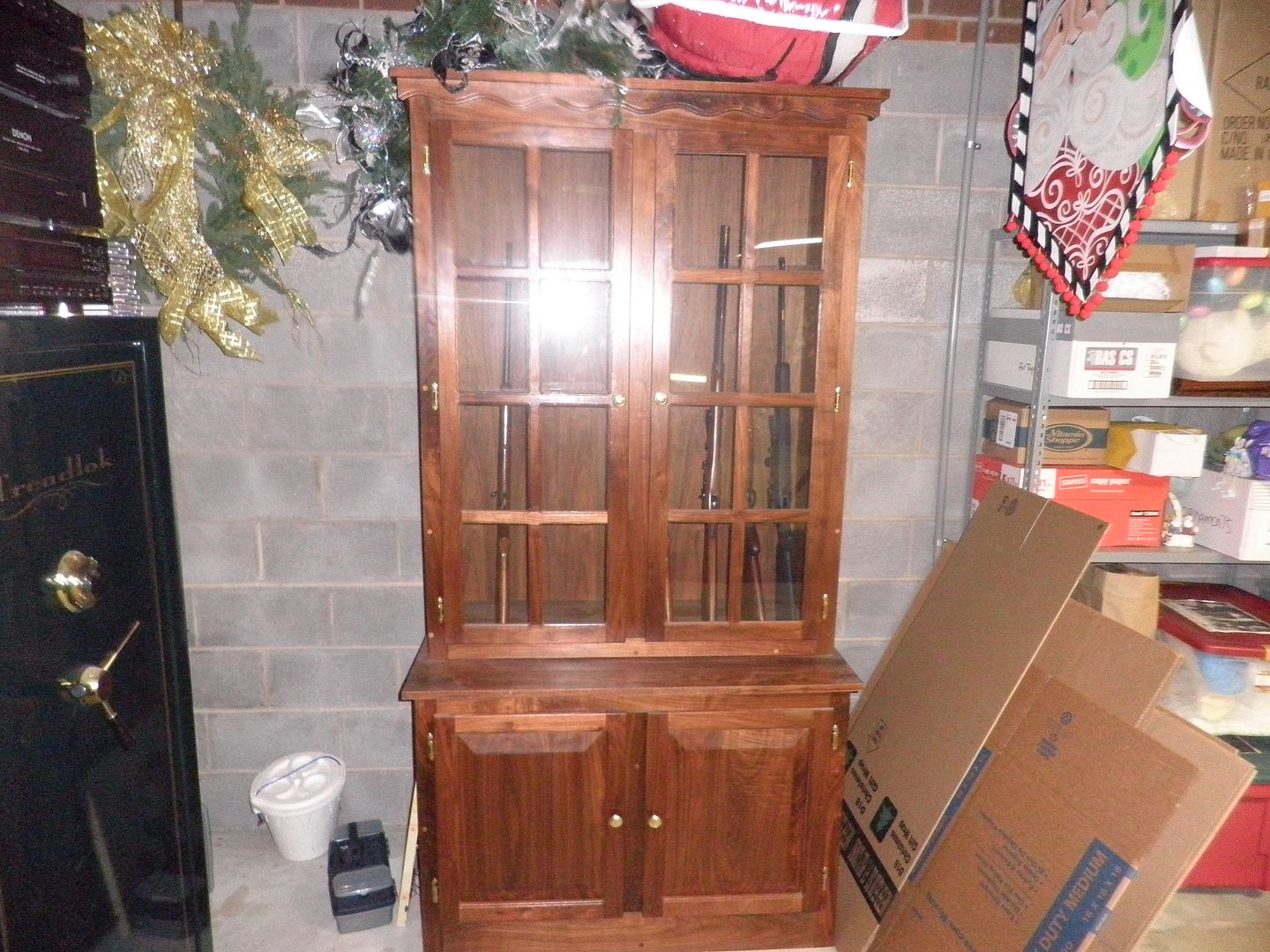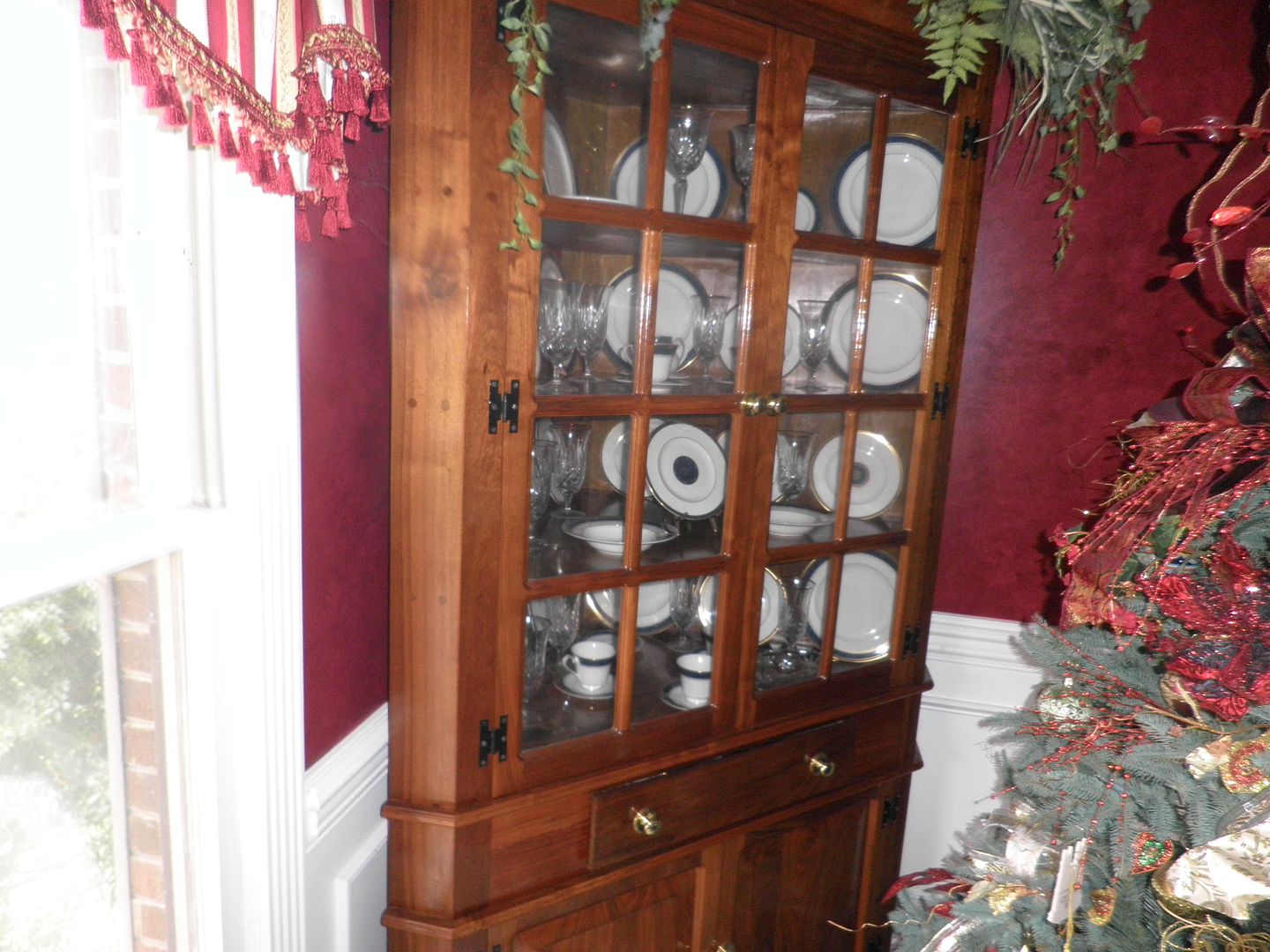Wranglerstar is another YouTube putz and a first class loon to boot. I saw a vid.of him running a chainsaw on a fire once and it was painful to watch. Plus he constantly name drops "US Forest Service Professionals". They don't call it Forest Circus for nothing..I don't watch a lot of YT, but BBR's old stuff is good. He got caught up like they all do. Wranglerstar was the first that went that way real big that I recall.
Bjarne is the real deal. Guilty of Treeson is cool and humble, still learning. I'd like to get him down here to whack some big eucalyptus with me some day.
afleetcommand (@weimedog) is fun to hang out with on YT.
I think the 288 was a lot of misunderstanding/miscommunication.
It would be interesting for BBR to get his hands on on good eastern porter's torquey saw and feel it pull.
*cough* @huskihl *cough* haha
You are using an out of date browser. It may not display this or other websites correctly.
You should upgrade or use an alternative browser.
You should upgrade or use an alternative browser.
Ironhorse
- Thread starter Midwestpowersaws
- Start date

Help Support Arborist Forum:
This site may earn a commission from merchant affiliate
links, including eBay, Amazon, and others.
- Status
- Not open for further replies.
Burning man
Formerly known as TheBrushSlasher
Wranglerstar is another YouTube putz and a first class loon to boot. I saw a vid.of him running a chainsaw on a fire once and it was painful to watch. Plus he constantly name drops "US Forest Service Professionals". They don't call it Forest Circus for nothing..
Yeah, he's gone off into the deep end trying to get more followers... making videos showing how to make tire spikes.
He got into the clickbait videos to draw more attention and I quit watching. Seems like a good guy, but he is out for $$$$ and lost the whole homesteader appeal.Wranglerstar is another YouTube putz and a first class loon to boot. I saw a vid.of him running a chainsaw on a fire once and it was painful to watch. Plus he constantly name drops "US Forest Service Professionals". They don't call it Forest Circus for nothing..
True, but my point was how I've found that in real life the guys who know how to do stuff really well tend to be out there doing it, and the guys who can't do stuff well are making videos about how to do it and posting them on YouTube. I know a few skilled arborists who really know their stuff (including this site's founder) and to the best of my knowledge none of them have their own youtube channel. They also don't need free axes or saws from fans and I've never heard them b!tch about some forum dudes not liking them. I guess to some it up:Actually quite the contrary and I disagree, to know things deep enough to teach others is next level knowledge, the person is definitely a “doer” that can pull it off. The exception are teachers like most in our education system that just regurgitate online courses to students.
"Those who can do, do. Those who can't do but think they can, try to make a living posting stuff on Youtube."
I can agree with that more than what you originally said.True, but my point was how I've found that in real life the guys who know how to do stuff really well tend to be out there doing it, and the guys who can't do stuff well are making videos about how to do it and posting them on YouTube. I know a few skilled arborists who really know their stuff (including this site's founder) and to the best of my knowledge none of them have their own youtube channel. They also don't need free axes or saws from fans and I've never heard them b!tch about some forum dudes not liking them. I guess to some it up:
"Those who can do, do. Those who can't do but think they can, try to make a living posting stuff on Youtube."
Not defending the guy, but there is something weird going on there that he hasn’t shared with his community. Either he has/had people stalking him, or he is a paranoid delusional. Or maybe a little of both.Yeah, he's gone off into the deep end trying to get more followers... making videos showing how to make tire spikes.
At least he has backed off on self defense videos a bit. For awhile I was wondering if the ATF was going to start making visits to his old compound. Maybe they did?
He doesn’t really do anything anymore. Used to post some entertaining things, some of it was with good intentions, some of it made you question what he was doing. Lately I can’t watch.

$63.99
ZELARMAN Chainsaw Chaps Apron Wrap 8-layer for Men/Women Loggers Forest Workers Protective Chain Saw Pants Adjustable
QUALITY GARDEN & HAND TOOLS

$14.99
$17.99
Fiskars Pole Saw Blade Replacement for Fiskars Pruning Saws and Tree Pruners, 15" Blade with Woodzig Chainsaw-Style Tooth Design
AMZ South Supply

$215.05
$233.19
Weaver Leather WLC 315 Saddle with 1" Heavy Duty Coated Webbing Leg Straps, Medium, Brown/Red
Amazon.com

$14.97
$19.99
Dremel A679-02 Sharpening Attachment Kit, For Sharpening Outdoor Gardening Tools, Chainsaws, and Home DIY Projects,
Amazon.com

$79.99
ZELARMAN Chainsaw Chaps 8-layer Protective Apron Wrap Adjustable Chainsaw Pants/Chap for Loggers Forest Workers Class A
QUALITY GARDEN & HAND TOOLS

$26.99 ($0.22 / Foot)
$29.99 ($0.25 / Foot)
VEVOR Double Braided Polyester Rope, 1/2 in x 120 ft, 48 Strands, 8000 LBS Breaking Strength Outdoor Rope, Arborist Rigging Rope for Rock Hiking Camping Swing Rappelling Rescue, Orange/Black
Amazon.com

$38.99 ($0.39 / Foot)
Arborist Rope Climbing Rope Swing for Tree(1/2in x 100ft) Logging Rope 48 Strands for Pull, Swing, Knot (Orange)
SDFJKLDI

$202.29
Oregon Yukon Chainsaw Safety Protective Bib & Braces Trousers - Type A Protection, Dark Grey, Large
Express Shipping ⭐⭐⭐⭐⭐

$337.83
$369.99
WEN Electric Log Splitter, 6.5-Ton Capacity with Portable Stand (56208)
Amazon.com
Cabinets my father built for me. No Formica though.That final part isn't too difficult... the glue is already "dry" by the time you put the spacers on it. The messy part is applying to contact cement so it doesn't get all over the edges and/or edge banding while working on the big surfaces. Back in the 60s and 70s it was typically applied with a brush and a squeegee type implement (often a scrap of Formica). The squeegee was to spread it on the big surfaces quick while the brush was to apply the cement up to the edges of the surface.
The overwhelming majority of users would brush parallel to the edge like you would cut in paint. That almost always resulted in the glue spilling over the edge, or being brushed over the edge. Once over the edge it was likely to gum up the router bits, especially the bearings on the bits. What I was shown was to pull the glue up to the edge with one way strokes perpendicular to the edge. The shop teacher brushed parallel to the edge with a wet brush... the result was a complete mess and he did in fact gum up the bearing on the router bit. Any time saved by using the long parallel strokes was lost in the clean up and failed bearings.
Now... I see short knapped rollers and sprayers being used in commercial shops, like the one a relative of mine operates. He has a room where the glue is sprayed that has filters and an exhaust system. Not a brush or squeegee in sight! He has an automated machine to apply edge banding.
I don't imagine BBR or Ironhorse taking the neat route.


Frankly the whole homesteader movement is about as queer as a football bat. A bunch of urbanites living out there country folk fantasies for the most part.He got into the clickbait videos to draw more attention and I quit watching. Seems like a good guy, but he is out for $$$$ and lost the whole homesteader appeal.
Very nice work. When I was in high school I learned to do cabinet work and enjoyed it, but was painfully slow. One day when I have spare time I may take it back up.Cabinets my father built for me. No Formica though.

Sierra_rider
Piss revver
Frankly the whole homesteader movement is about as queer as a football bat. A bunch of urbanites living out there country folk fantasies for the most part.
That movement is pretty funny...those of us that actually grew up in that lifestyle or do physical jobs, look for ways to add convenience to our lives. One of the houses I grew up in was a one room cabin w/o a bathroom...had to head out to the outhouse to take a dump and hoped that there wasn't a rattlesnake coiled up in there. The shower was outdoors, made of tarps, and fed by a garden hose...these dumb-dumbs think that they are the reincarnates of Lewis and Clark or something.

They look great.Cabinets my father built for me. No Formica though.

Agreed, but it was more interesting than his " I'm getting cancelled" and "they are coming to get me" videos. The guy used his head and even got to use a new 4 wheel drive tractor for over a year without paying a dime. I will make videos all day for free stuff, even if I have no idea what I'm talking about.Frankly the whole homesteader movement is about as queer as a football bat. A bunch of urbanites living out there country folk fantasies for the most part.
- Joined
- Apr 28, 2014
- Messages
- 7,785
- Reaction score
- 10,443
He got into the clickbait videos to draw more attention and I quit watching. Seems like a good guy, but he is out for $$$$ and lost the whole homesteader appeal.
Besides all that the guy is whaco paranoid. Once he gave his wife a bullet proof vest for Christmas. She looked at him and said, for real, a bullet proof vest? For a Christmas Present??? His comment back was, "You'll thank me later".
I've seen him to do stupid **** with a chainsaw, and yet he has no idea what he is doing or talking about. Just needs the minutes to fill the video. I once called him out on something, and got block immediately. He has lots and lots of viewers that think he is some sort of frontiering god, a Daniel Boone or something.
Yeah... nothing like solid wood! That's one place were the skilled hobbyists win!Cabinets my father built for me. No Formica though.

I'll try to show a couple more. He built the whole house as far as that goes. He liked nice wood, I liked walnut. But, he was pretty much in to functional.They look great.That is an interesting raised panel design and is a tougher one to complete
I have another neighbor who has built some really intricate desks and tables. One of his desks, I don't know what style you would call it, has like six 6 X 8 drawers on either side from desk height up to a shelf and every one is dove tailed. And, it's all walnut, not just the faces.


Last winter one of my sons texted me and asked if he could have some of my tools. I was tickled he was interested in woodworking. I took him a vintage Rockwell 6" jointer, a good Porter cable 690 router, and others. He then bought some good quality vintage tools. All the large Powermatic tools have to stay here such as the 20"bandsaw, 16" planer, 8" jointer and such. He wants to build some raised panels but I am not moving any of the shapers over there.
All through high school I had him in my woodworking classes and I guess he actually did learn a thing or two as he has turned out some nice pieces
All through high school I had him in my woodworking classes and I guess he actually did learn a thing or two as he has turned out some nice pieces
Looks excellentI'll try to show a couple more. He built the whole house as far as that goes. He liked nice wood, I liked walnut. But, he was pretty much in to functional.
I have another neighbor who has built some really intricate desks and tables. One of his desks, I don't know what style you would call it, has like six 6 X 8 drawers on either side from desk height up to a shelf and every one is dove tailed. And, it's all walnut, not just the faces.

Burning man
Formerly known as TheBrushSlasher
We started with a guy leaving his saw with ironhorse for 3 years and have made our way to wranglerstar being a nut and woodworking  . This place is still fun
. This place is still fun
My father started out building mill houses for Cone Mills, in the 40's I suppose.Last winter one of my sons texted me and asked if he could have some of my tools. I was tickled he was interested in woodworking. I took him a vintage Rockwell 6" jointer, a good Porter cable 690 router, and others. He then bought some good quality vintage tools. All the large Powermatic tools have to stay here such as the 20"bandsaw, 16" planer, 8" jointer and such. He wants to build some raised panels but I am not moving any of the shapers over there.
All through high school I had him in my woodworking classes and I guess he actually did learn a thing or two as he has turned out some nice pieces
When they consolidated the schools in 1963 they hired him to teach carpentry, brick laying, and electrical wiring.
They soon separated those. He taught carpentry for about 25 years and they actually built houses. Then some moron with the Greensboro News and Record reported that the kids were being exploited for labor.
I think everybody knows you learn from doing much better than any other way. And, you had the pot heads that disrupted everything and you couldn't get rid of them. It was "policy". So, he retired.
I worked for him in the summers. We built some apartments and odds and ends. It was just work to me. I could make more money share cropping tobacco.
Wish I had paid attention.
Back to IronHorse, he did build a sweet Pioneer for BBR.We started with a guy leaving his saw with ironhorse for 3 years and have made our way to wranglerstar being a nut and woodworking. This place is still fun
- Status
- Not open for further replies.
Similar threads
- Replies
- 7
- Views
- 643













































